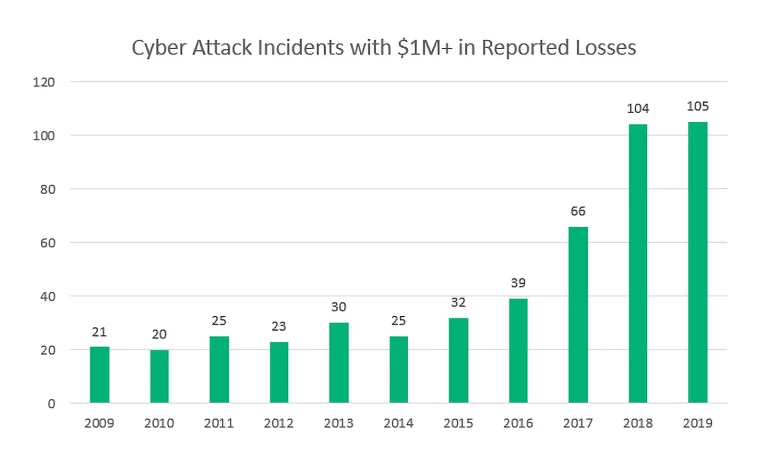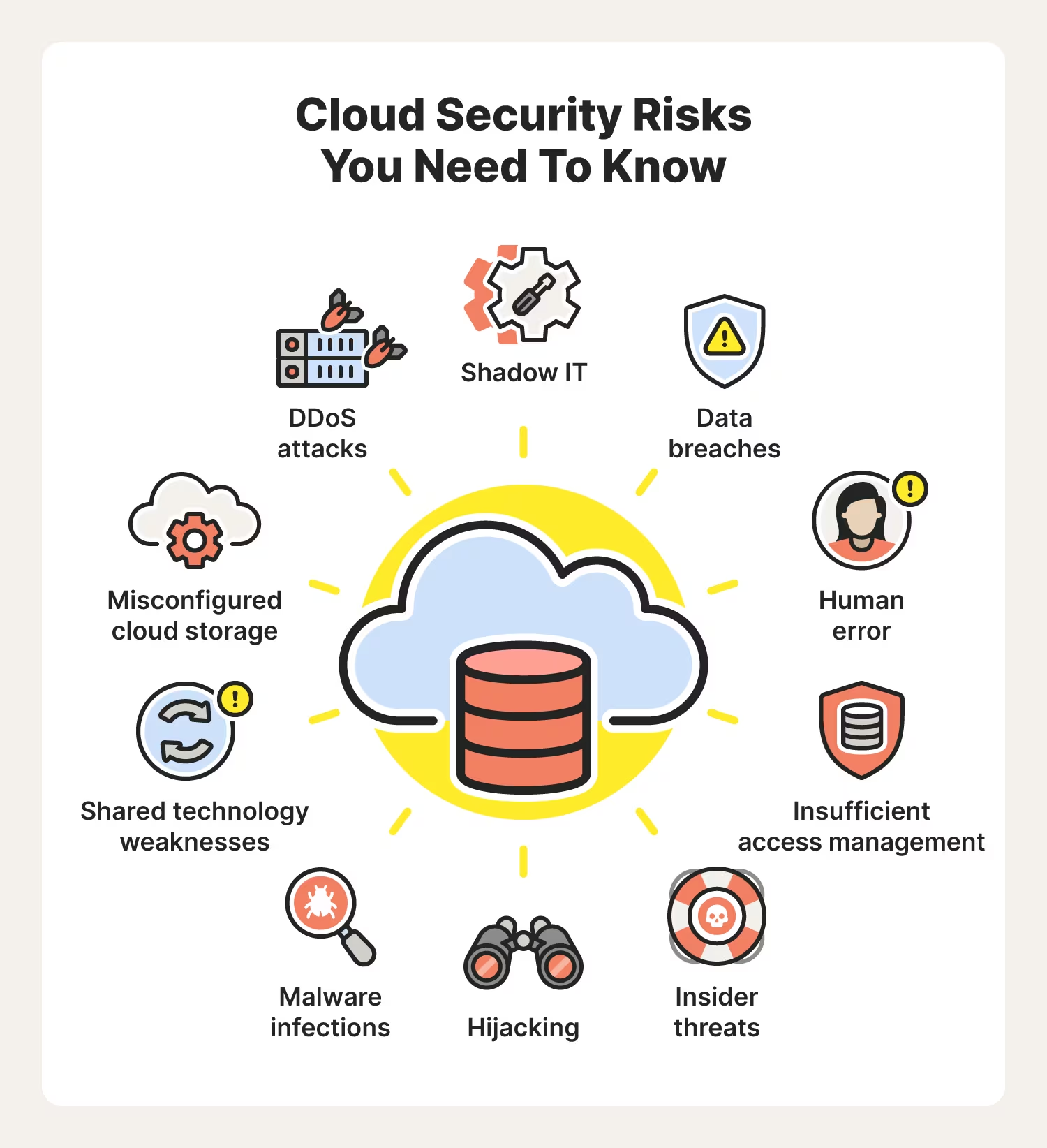What is the Log4j Vulnerability and How Can You Protect Yourself?
Log4shell is a critical vulnerability in the widely-used logging tool Log4j, which millions of computers worldwide utilize in the running of online services. This Log4j vulnerability has some serious cybersecurity implications—in fact, it’s been referred to as the most severe computer vulnerability in years.
However, it’s important to note that businesses can protect themselves against this threat.
But before exploring protection strategies, we need to explain in more detail what Log4j is and how it’s been compromised.
Understanding the Log4j Vulnerability
Developers use Log4j to keep track of what happens in their software applications or online services. It’s essentially a huge journal of the activity of a system or application. This activity is called logging, and it helps developers keep an eye out for any problems affecting users.
The National Cyber Security Centre (NCSC) reported the existence of Log4shell in early December 2021. If it is left unfixed, hackers will be able to compromise systems, steal passwords and logins, extract data, and infect networks with malicious software. One of the major issues with this Log4j vulnerability is that it takes very little expertise to exploit.
Moreover, almost all software will have some ability to log, and Log4j is an extremely common component utilized for this task. These factors make Log4shell a highly threatening vulnerability.
Log4j is almost certainly part of the devices and services that people use online every day. The best thing that individuals can do to protect themselves is to regularly update their devices and apps, always making sure they have the latest updates.
For organizations, it might not be immediately clear that your web servers, web applications, and network devices use Log4j, which is why it’s crucial IT teams ensure they have the most effective prevention, mitigation strategies and tools in place.
How to Protect Your Organization Against the Log4j Vulnerability
The first step is to identify whether your systems are susceptible to this vulnerability. You will want to prioritize your internet-facing systems first, as hackers can easily scan and exploit these directly from the internet.
Your second priority should be any systems that support critical functions—these would include systems that process and store sensitive data and personally identifiable information (PII).
Once those two types of systems are validated as not vulnerable, you should then turn your attention to systems that connect directly to third-party partner systems. You want to make sure that if one of your partners is breached, attackers cannot then move laterally from those systems to your own.
Finally, you’ll want to cover any other systems you have, so that no possible vulnerabilities remain when your investigation is complete.
The next step is to apply preventive and mitigation measures. These should include making sure that your network and security stack (network and endpoint detection and response tools, firewalls, etc.) are updated to protect against Log4shell and to implement any vendor-supplied detection or blocking capabilities. If these tools are not adequately patched, then they’ll become another attack channel for malicious actors.
Next, you’ll want to apply mitigations to any vulnerable systems. Follow the prioritization outlined earlier (e.g., focusing on internet-facing systems first) when applying mitigations and patches. Ensure that you follow the recommendations and guidance of your vendors when doing so.
If you don’t already have an accurate inventory of your systems that identifies exposed systems, business-critical systems, and systems containing critical data, then you will need to create one. Having this information readily available will help to protect you against future attacks.
It’s also important to inform end-users and any third-party vendors that provide products or services to customers about any vulnerabilities you’ve detected, urging them to immediately update affected applications.
Even if you quickly roll out preventive and mitigation measures after the Log4j vulnerability is discovered and announced, it’s possible that some of your systems were compromised before these measures were applied.
To determine if any systems were impacted, you should review the logs associated with vulnerable systems, keeping an eye out for signs of active exploitation. Log4j RCE Exploitation Detection provides some useful information for determining if Log4shell was exploited on your systems.
You can also carry out a more thorough assessment of impacted systems by utilizing:
- Threat hunting tools
- Anomaly detection capabilities that can alert unusual user, system, and network behaviors
- Retrospective analysis tools that can carry out historical queries against communications metadata using Log4j Indicators of Compromise (IOCs)
- Detection capabilities that can quickly spot lateral movement and other stealthy techniques and tactics used by hackers
Staying Vigilant
Although fixes have been released to address the Log4j vulnerability, much more needs to be done. Tech giants around the globe are largely dependent on the Log4j software library, so they are continuously working hard to implement the necessary patches.
While companies worldwide are acknowledging and responding to the issue, the Log4j vulnerability can only be resolved when all the organizations that use the Log4j software library also implement the latest patches.
Cyberlocke is a comprehensive, full-service IT services provider that architects and implements efficient and secure solutions for enterprise customers and their data centers. We specialize in security, cloud, managed services, and infrastructure consulting. Contact Us today to learn more.


